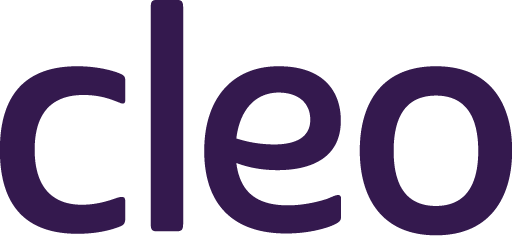This post is part of a series on the big ideas driving the next wave of benefits innovation. Cleo leaders kicked off the new year with a live discussion exploring these themes. View the recording to get caught up on how leading employers will stay ahead of the game to win and retain talent in 2022.
The pandemic and overlapping series of social injustices of the past several years has awoken many to the inequalities that continue to plague our social structures, from education to government to healthcare, and yes, to our workplaces as well.
Companies have in turn made earnest commitments to diversity, equity, and inclusion as core values, and both moral and business imperatives. In fact, more diverse teams and companies have objectively been shown to achieve better results. From McKinsey: “Companies in the top quartile for racial and ethnic diversity are 35% more likely to have financial returns above their respective national industry medians.”
To date, these commitments have largely been the purview of and examined through the lens of moving the needle within hiring and recruitment, but these efforts have a short runway in the absence of employee programs to foster real belonging. As we move into 2022 and beyond, we’ll see more companies move to fully integrate DE&I commitments into how they shape the employee experience and measure business health.
“The proof point of whether it’s [DE&I] working or not is around healthcare. Do we actually practice what we preach as employers and others when it comes to the life and health of our employees?”
Sarahjane Sacchetti, from Cleo Conversation with Colin Quinn, CEO & Founder of Included Health
A broader set of measures will enable greater DE&I impact
A thriving workplace is dependent upon more meaningful DE&I outcomes. To that end, we anticipate and welcome expansion of DE&I’s sphere of influence along with a necessary shift in measuring its impact through a broader set of metrics. Consider the following indicators and their implications for more creative solutions.
- People of color report increased anxiety about returning to an office and the subtle racism that can permeate its culture post-COVID.
- In our own national State of Working Parents survey, less than half of LGBTQ+ parents reported feeling like they could be themselves at work compared to nearly two-thirds of other working parents.
- Reports repeatedly show higher rates of attrition at all levels for Black employees, and our own survey found non-white parents much more likely to be considering a job change.
More progressive employers are already considering the intersections of employee engagement, health, and attrition with identity, and utilizing policy and benefits as their levers for change. New and innovative HR roles such as Health Equity and Family Benefits Leaders will reflect the reality that employees bring their whole selves to work. In turn, we’ll see more and more benefits programs designed to honor diversity, increase equity, and engender greater inclusion.
Investment in DE&I will include investment in resources that meet the needs of employees’ diverse families and lived experiences. This will include:
Solutions that address health inequities.
People of color face unique obstacles, health risks, and societal biases within the healthcare system. The pandemic and its disproportionate impact among racial and ethnic minority groups have been a stark example of enduring health disparities. Racial and ethnic minority groups experience higher rates of illness and death than their white counterparts due to conditions including diabetes, hypertension, obesity, asthma, and heart disease. Black birthing parents have higher rates of preterm births, low-weight births, and are three times more likely to die from a pregnancy-related cause than their white counterparts. Solutions that facilitate access to racially and culturally concordant care—that is, care from someone of the same race or similar culture—measurably improve outcomes. Likewise for programs that equip individuals to make more informed decisions about their providers and care facilities.
Inclusive support for all families.
Families are far from one size fits all, and there are numerous paths to parenthood and definitions of “family”. Employees continue to need policy and benefit solutions that work for their unique families. This means solutions that are inclusive of the many different types of families and parents, including LGBTQIA+ families, transgender parents and children, single parents, families that pursue IUI or IVF, adoption, surrogacy, and more.
Real investment in whole family health.
One of the most enduring lessons of the pandemic is the reality that the health of an employees’ whole family comes with them to work—when a dependent is struggling, that impacts an employee’s emotional wellbeing, presenteeism, and can even lead to job attrition. Young people’s mental health was already a concern pre-pandemic, but the startling rise in mental health challenges for children and adolescents has everyone, including employers, taking notice. Similarly, more and more families are navigating pediatric and adult neurodivergence diagnoses (e.g. ADHD, Autism Spectrum Disorder, etc.) and looking to employers for resources and support. Companies that are going to win and retain talent are already implementing solutions that account for the broad spectrum of family wellbeing.
